The Citroen Relay van is a top choice for commercial use due to its spacious interior, excellent fuel economy, and advanced engine technology.
Its comfortable driving experience makes it popular among users. With its membership of motorhomefun, good news, and latest entry, the French van brand has gained popularity in the UK. The Relay shares its platform with the Peugeot Boxer, Fiat Ducato, and Vauxhall Movano, providing a good idea for businesses.
Here, we will discuss all the Citroen relay van common problems and their solutions. We’ll also provide maintenance tips to help prevent these problems from occurring in the first place. So, sit back and relax as we guide you through everything you need to know about owning a Citroen Relay Van.

10 Citroen Relay Van Common Problems And Solutions
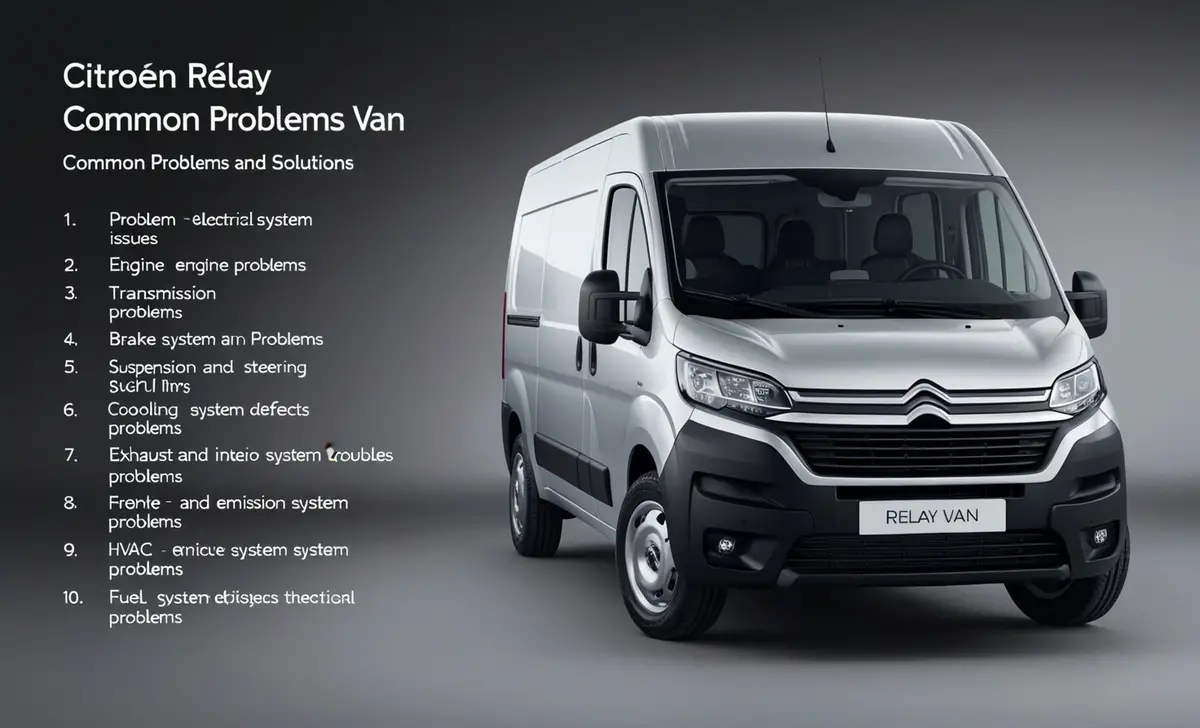
Like any vehicle, the Citroen Relay van is not immune to its fair share of common problems. Some issues that owners have reported include electrical faults, engine misfires, and gearbox problems. Electrical faults can range from faulty wiring to issues with the central locking system. Here’s an outline of common problems with the Citroen Relay Van:
Problem 1. Electrical System Issues
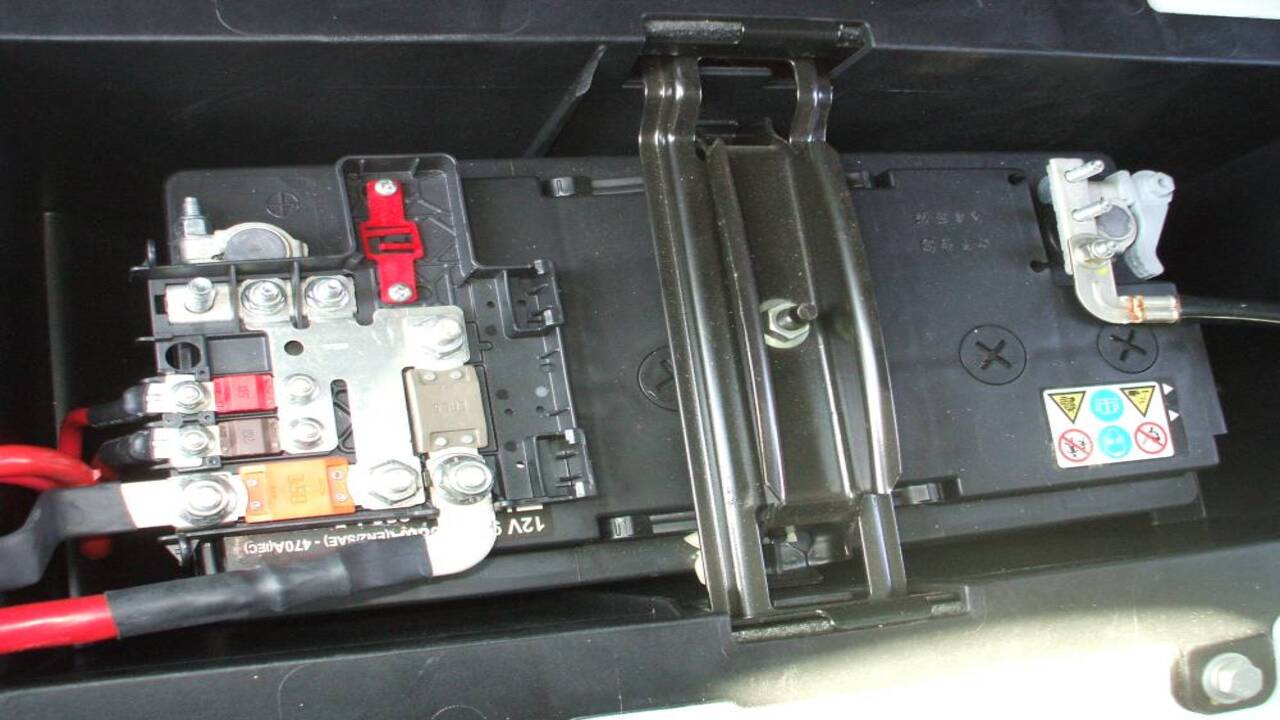
Cause:
- Faulty wiring leads to electrical malfunctions.
- Problems with the battery or alternator.
- Issues with dashboard warning lights.
Solution:
1. Visual Inspection:
- Inspect all visible wiring for signs of damage, wear, or corrosion.
- Check battery terminals for corrosion or loose connections.
- Examine alternator connections for tightness and signs of damage.
2. Battery and Alternator Testing:
- Test the battery voltage using a multimeter. A healthy battery should read around 12.6 volts.
- Check the alternator output by starting the engine and measuring voltage across the battery terminals. It should read around 13.8-14.2 volts when the engine is running.
- Replace the battery or alternator if they are not within the specified range.
2. Scan for Diagnostic Trouble Codes (DTCs):
- Use an OBD-II scanner to retrieve any stored trouble codes from the vehicle’s computer.
- Address any codes related to electrical system malfunctions, such as wiring faults or sensor failures.
3. Dashboard Warning Light Inspection:
- Refer to the vehicle’s owner manual to interpret dashboard warning lights.
- Investigate the cause of any illuminated warning lights and address accordingly, whether it involves a faulty sensor or a deeper electrical issue.
4. Professional Inspection:
- If the issue persists or if you’re unsure about diagnosing and repairing electrical problems, consult a qualified mechanic or auto electrician.
- They can perform more in-depth diagnostics using specialized equipment and experience, ensuring accurate identification and resolution of the issue.
Problems 2: Engine Problems
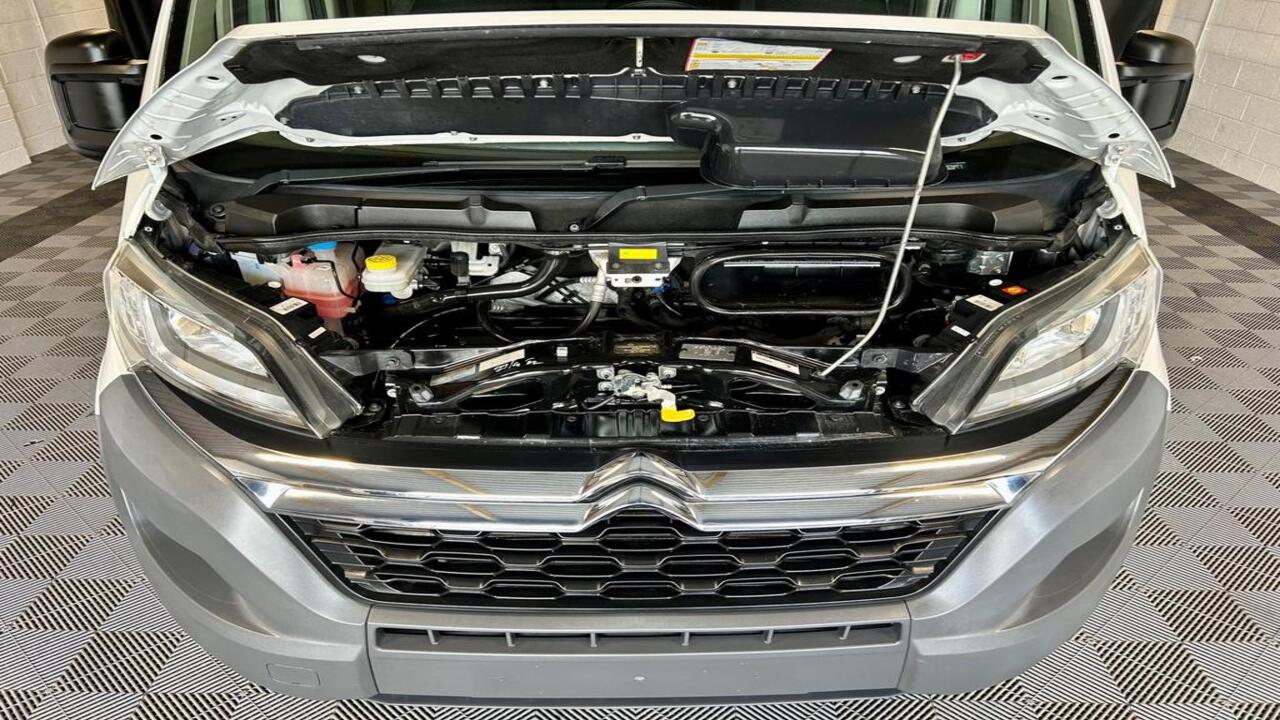
Cause:
- Diesel engine problems, such as injector faults or turbocharger issues.
- Overheating due to cooling system failures.
- Poor performance or stalling.
Solution:
1. Check the diesel injectors for faults and have them repaired or replaced if necessary.
2. Inspect the turbocharger for any issues and address them promptly to ensure proper engine function.
3. Regularly maintain and service the cooling system to prevent overheating, including checking coolant levels and the condition of hoses.
4. If experiencing poor performance or stalling, consult a mechanic to diagnose and resolve the underlying cause, which may involve fuel system checks or engine tuning.
Problems 3. Transmission Problems
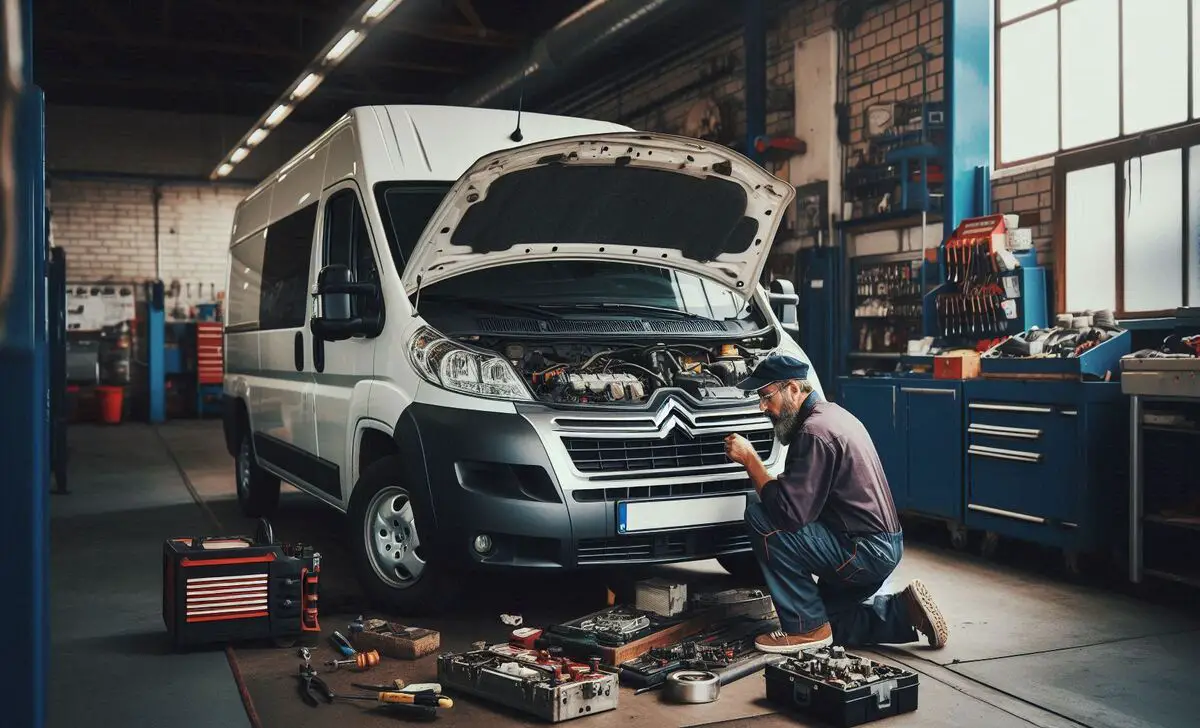
Cause:
- Gear shifting issues, including rough or delayed shifting.
- Clutch problems, such as slipping or failure.
- Transmission fluid leaks.
Solution:
1. Check the transmission fluid level and condition. Top up or replace fluid as necessary.
2. Inspect the clutch system for wear and damage. Replace worn components if needed.
3. Adjust or replace the clutch if slipping is detected.
4. Consult a mechanic if rough or delayed shifting persists to diagnose and repair any underlying transmission issues.
Problems 4. Suspension And Steering
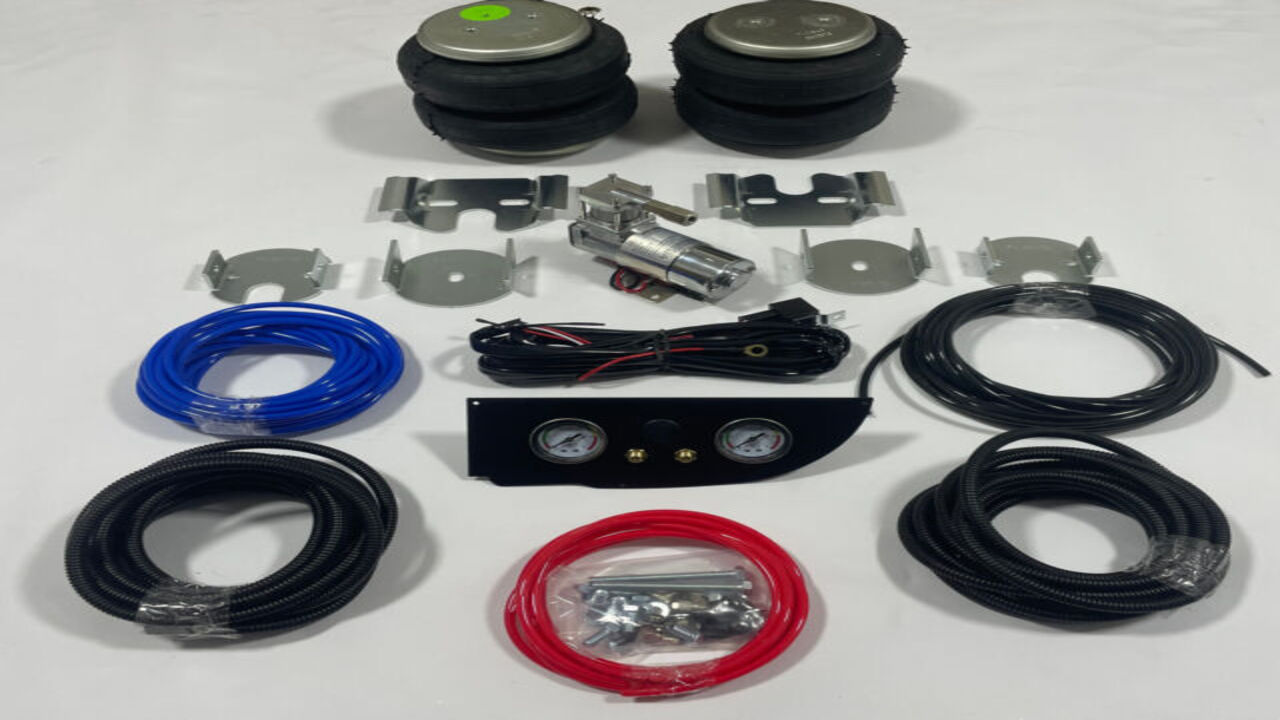
Cause:
- Uneven tire wear due to suspension misalignment.
- Power steering failures or leaks.
- Noises or vibrations while driving, indicating suspension issues.
Solution:
1. Have the suspension system inspected and realigned by a certified mechanic to correct the misalignment causing uneven tire wear.
2. Check the power steering system for leaks and repair any leaks found, ensure the power steering fluid is at the correct level.
3. If noises or vibrations are present while driving, have the suspension system thoroughly inspected and repaired as needed.
4. Regularly maintain the suspension and steering components to prevent future issues and ensure smooth driving experience.
Problems 5. Brake System Faults
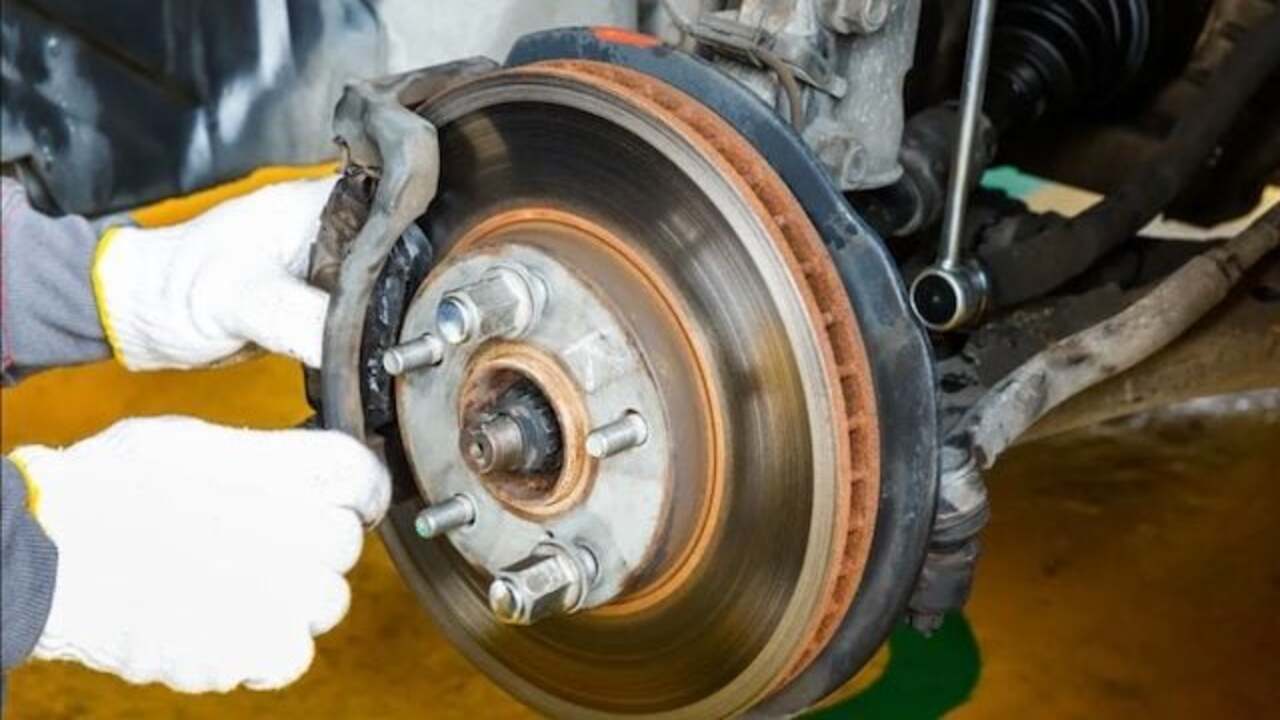
Cause:
- Brake pad and rotor wear leading to reduced braking efficiency.
- ABS (Anti-lock Braking System) sensor failures.
- Brake fluid leaks or contamination.
Solution:
1. Inspect the brake pads and rotors for wear and tear, and replace them if necessary to maintain optimal braking performance.
2. Check and replace any faulty ABS sensors to ensure the proper functioning of the anti-lock braking system.
3. Regularly check for brake fluid leaks and contamination, and address any issues promptly to prevent brake system failures.
4. Perform routine maintenance and servicing of the brake system to ensure its reliability and safety.
Problems 6. Body And Interior Concerns

Cause:
- Door latch problems, including difficulty opening or closing doors.
- Water leaks into the cabin, often through poorly sealed windows or doors.
- Interior trim or upholstery wear and tear.
Solution:
1. Check and repair door latches to ensure they are functioning properly.
2. Inspect and reseal windows and doors to prevent water leaks into the cabin.
3. Replace or repair interior trim or upholstery that shows signs of wear and tear.
4. Regularly maintain and inspect the body and interior components of the Citroen Relay Van to address any potential issues early on.
Problems 7. Cooling System Defects
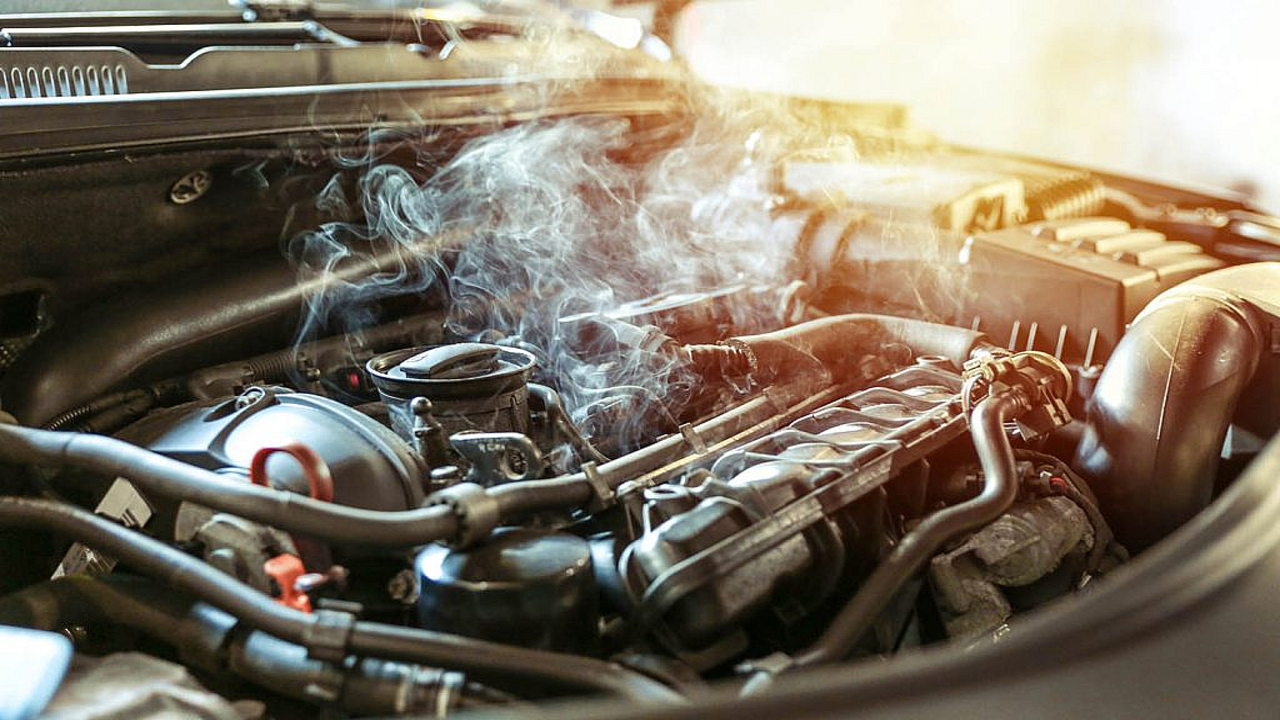
Cause:
- Coolant leaks leading to engine overheating.
- Radiator or thermostat failures.
- Heater core issues causing lack of heat in the cabin.
Solution:
1. Check for visible leaks in the cooling system and repair or replace any damaged components.
2. Inspect the radiator and thermostat for proper functioning and replace them if needed.
3. Verify the heater core for blockages or leaks, and address any issues found.
4. Ensure the cooling system is filled with the correct type and amount of coolant and bleed out any air pockets to prevent overheating.
Problems 8. Exhaust And Emission System Troubles
Cause:
- Exhaust system leaks or corrosion.
- EGR (Exhaust Gas Recirculation) valve faults.
- Diesel particulate filter (DPF) clogging or malfunction.
Solution
1. Inspect the exhaust system for leaks or signs of corrosion. Replace any damaged components.
2. Check the EGR valve for faults or blockages. Clean or replace the EGR valve if necessary.
3. Address any diesel particulate filter (DPF) issues by cleaning or replacing it as needed.
4. Regularly maintain and service the exhaust and emission system to prevent future troubles.
Problems 9. HVAC (Heating, Ventilation, And Air Conditioning) Problems
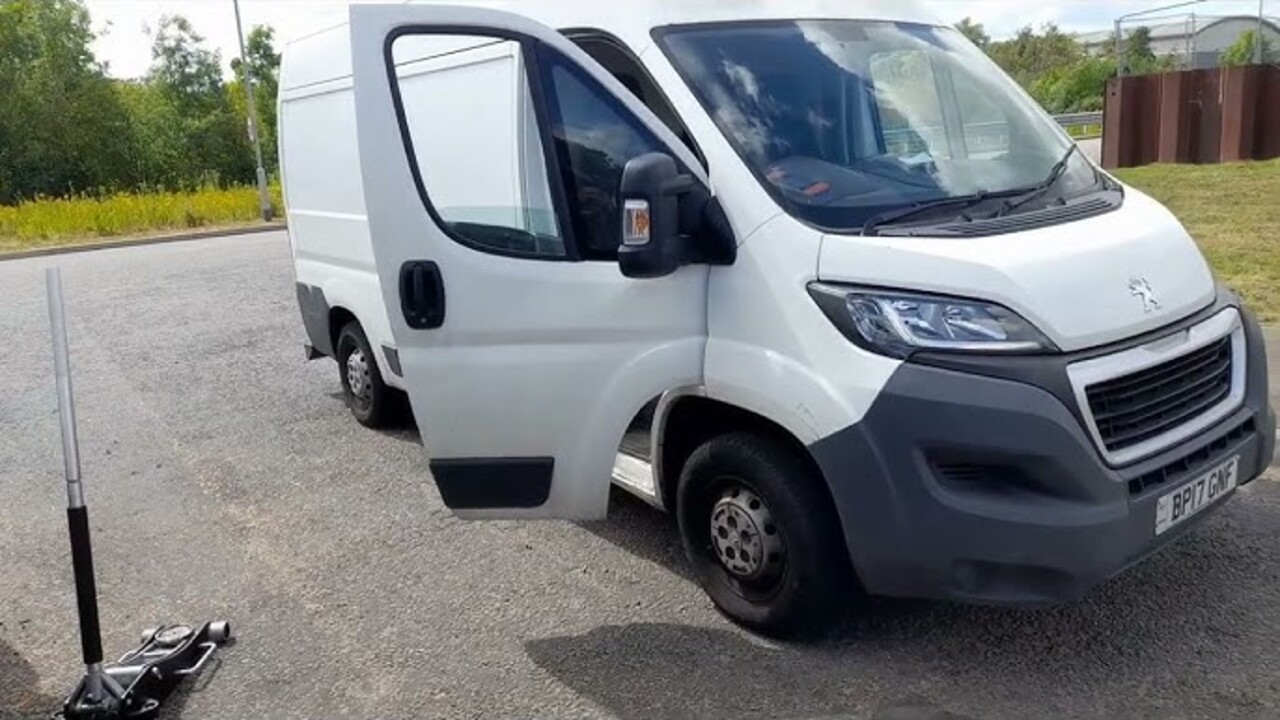
Cause:
- HVAC fan or blower motor failures.
- Air conditioning compressor issues.
- Heater core blockages or leaks.
Solution:
1. Check the fan or blower motor for any signs of damage or wear. Replace if necessary.
2. Inspect the air conditioning compressor for any leaks or malfunctions. Repair or replace as needed.
3. Flush the heater core to remove any blockages or debris. Repair or replace if leaks are detected.
4. Ensure proper maintenance of the HVAC system to prevent future issues. Regularly check and replace filters, and schedule routine inspections by a professional mechanic.
Problems 10. Fuel System Challenges
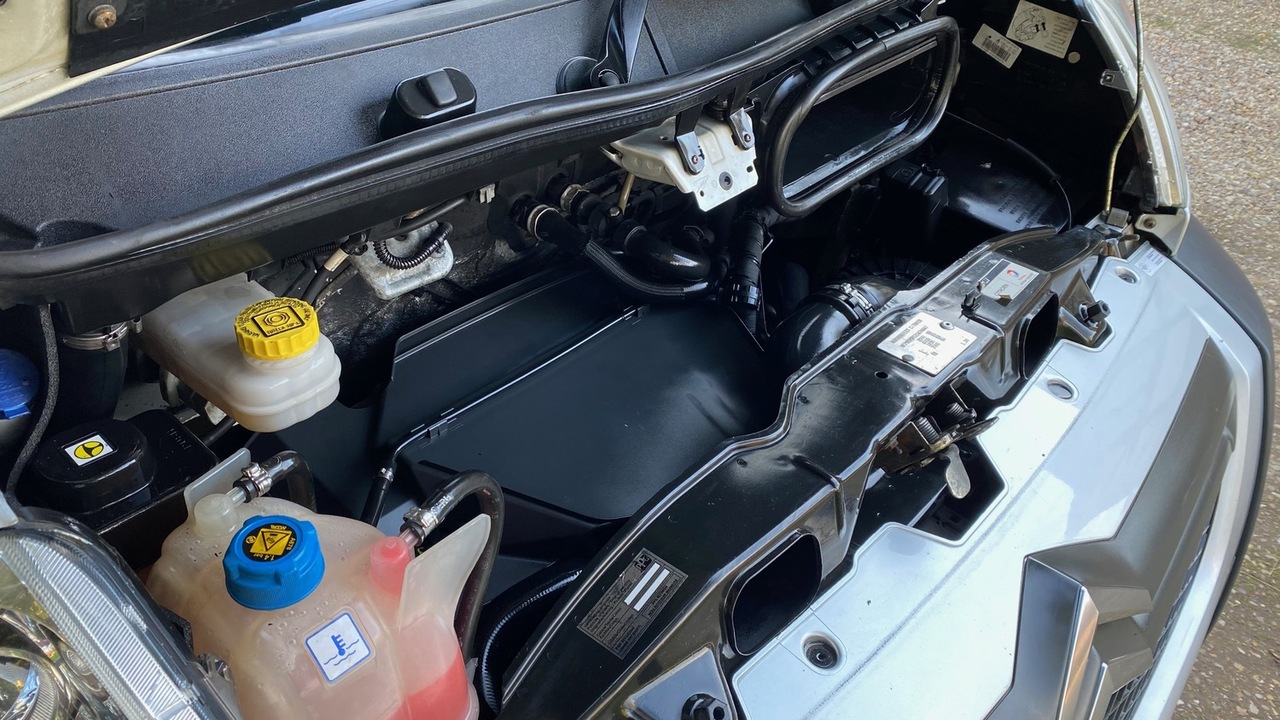
Cause:
- Fuel pump failures cause poor fuel delivery.
- Fuel injector problems lead to engine misfires or rough idling.
- Fuel tank leaks or contamination.
Solution:
1. Inspect the fuel pump for any signs of wear or malfunction. Replace the fuel pump if necessary.
2. Check the fuel injectors for clogs or damage. Clean or replace the injectors as needed.
3. Conduct a thorough fuel tank inspection for leaks or contamination. Repair any leaks and clean the tank if contaminated.
4. Regularly maintain the fuel system by using high-quality fuel and additives to prevent future issues.
Maintenance Tips For Citroen Relay Vans
- Ensure to check the ABS warning light regularly.
- Watch out for any signs of fuel leak in the diesel engine.
- Regularly inspect the battery to avoid a flat battery.
- Keep an eye on the steering wheel for any faults.
- Check for related guides on car repair and maintenance.
- Look out for common problems like fault codes or being in limp mode.
- Pay attention to the performance cookies and device for optimal operation.
- Monitor the load space and chassis cab for any issues.
- Inspect the clutch, injectors, and fuel pump for potential problems.
- Keep track of recalls and maintenance to ensure reliability.
- Check the air conditioning and cruise control for proper functioning.
- Ensure the fuse box, starter motor, and tyres are in good condition.
- Maintain the lane departure warning and speed limiter features.
- Ensure excellent service from the garage for any repairs needed in the panel van or large van.
Average Cost for Repairing Citroen Relay Van Problem
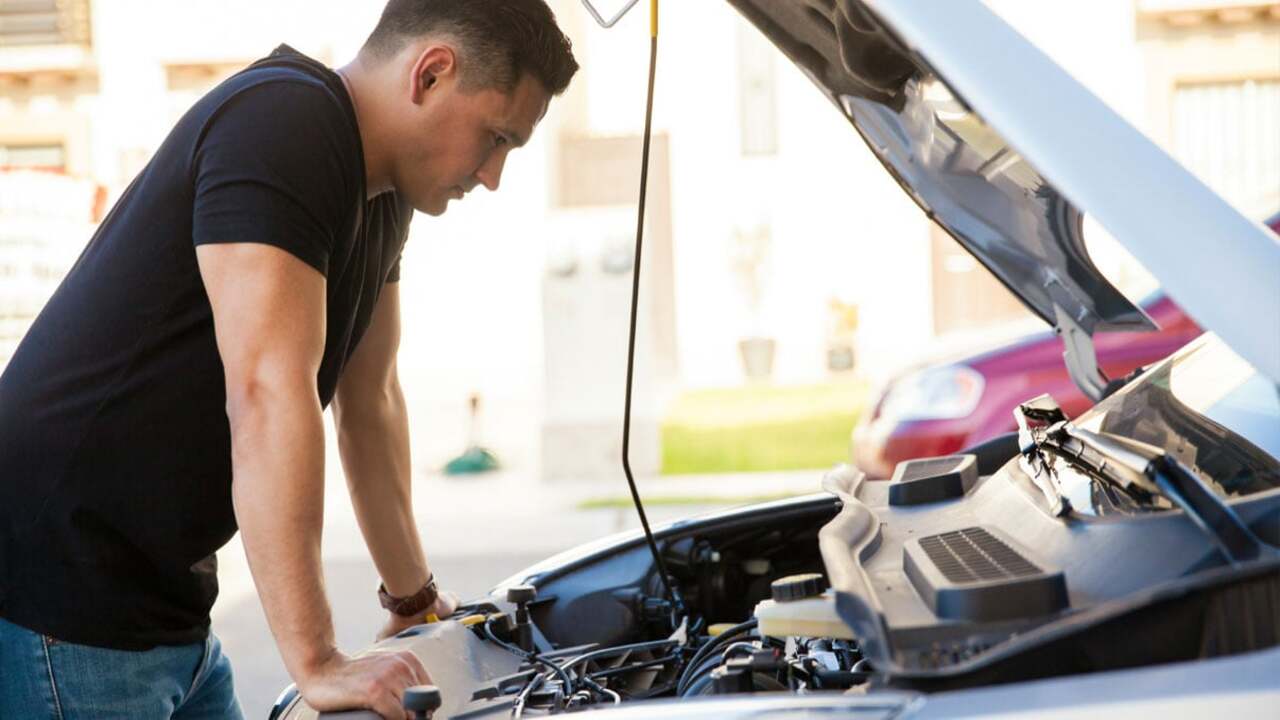
The average cost for repairing a Citroen Relay Van problem can vary widely depending on the specific issue. However, common repairs for a Citroen Relay Van can range from $200 to $1500, with more complex issues potentially costing more.
It is recommended to get a detailed diagnosis from a mechanic to determine the exact cost of repairs. The average cost for repairing a Citroen Relay van problem can vary widely depending on the issue. Here are some typical costs for common repairs:
Conclusion
Citroen Relay Van owners often encounter a range of common issues, from concerns with cruise control and fuel economy to problems with air conditioning and reliability. Keeping an eye out for warning lights, ensuring the starter motor is in top condition, and regularly checking the fuse box are essential for maintaining optimal performance.
When facing repair needs related to the clutch, injectors, or fuel pump, seeking assistance from a reputable garage is crucial. Regular maintenance of the battery can also help prevent unexpected breakdowns. By staying proactive and addressing these common problems promptly, Citroen Relay Van owners can ensure a smoother driving experience and prolong the lifespan of their vehicles.
Frequently Asked Questions
1.Is The Citroen Relay Reliable?
The Citroen Relay is known for its reliability among users. While it may encounter common issues like electrical faults or engine problems, regular maintenance and servicing can help prevent them. Overall, the Citroen Relay is a reliable van choice for commercial use.
2.What Is The Problem With The Citroen Relay High Mileage?
Common issues in Citroen Relay vans with high mileage are engine problems, suspension faults, and electrical issues. Regular maintenance can help prevent these problems. If you face any concerns, consult a certified mechanic to save money in the long run.
3.What Is The Mileage Of A Citroen Relay Van?
The mileage of a Citroen Relay van can vary depending on the year and model. On average, these vans can have a mileage of around 150,000 miles before major issues arise.
4.Are Citroen Relays Galvanised?
Citroen relays undergo galvanisation to safeguard against corrosion. This process involves applying a protective zinc layer to the metal surface. However, it’s important to note that wear and tear can still lead to rusting in certain areas.
5.Which Citroen Relay Is Best For Me?
When deciding on the best Citroën Relay, consider factors like payload capacity, fuel efficiency, and size. The range offers various sizes, so research each model’s features to find one that suits your business needs.
6.What Are The Interior And Exterior Problems In Citroen Relay Vans?
Some common interior problems in Citroen Relay vans include issues with the dashboard electronics, seating comfort, and cabin noise. Exterior problems may include paint peeling or chipping, rust formation, and faulty door handles.
7.What Are The Common Tire And Wheel Problems In Citroen Relay Vans?
Common tyre and wheel problems in Citroen Relay vans may include uneven tire wear, punctures, wheel misalignment, and damage from potholes. Regularly checking tyre pressure, rotating tires, and ensuring proper wheel alignment can help prevent these problems and extend the lifespan of the tyres and wheels on Citroen Relay vans.